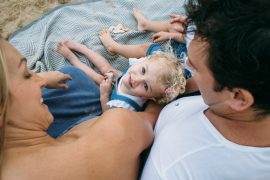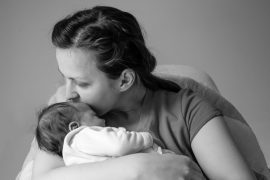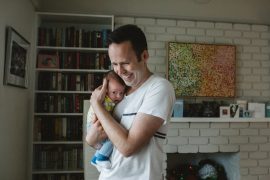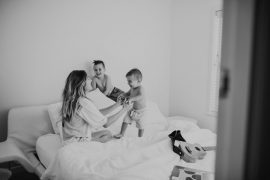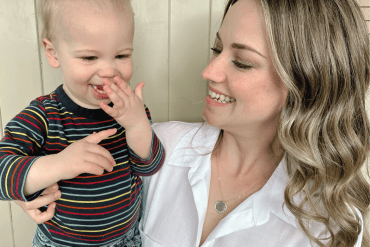By Lelia Schott
Try the practice of checking in with your present, past and future selves.
When I’m out of sorts or ill-tempered, and I don’t know why, I like to pause and offer all my parts acceptance and reassurance.
Today I’d like to talk about how our present, past, and future “selves” or parts influence our emotions, experiences, and expectations. Checking in with each part can help us discover why we are reacting or retracting when we want to be responding and reintegrating.
Check in with your current circumstances first
Present-Self
I consider if this is about my current circumstances.
HALT is a well-known AA acronym to do a check-in. Hungry, Angry, Lonely, Tired. Am I hungry, angry, lonely (needing connection or support), or tired/thirsty? It is hard to be emotionally, mentally, and physically giving without support or a break to top ourselves up.
Sometimes kids’ behaviour is a lot on the nervous system and we stay stuck in a stress response.
What helps?
We can offer curious compassion through breathing to prove to our body that it is safe, discovering and validating our unheard feelings, and fulfilling unmet needs or practising new skills.
One of my favourite skills is the 3 Ns: Notice, Name, Nurture. Practising noticing sensations or activation in our body, naming the feelings or needs we have, and finding a way to nurture safety and sovereignty within. Another practice that is very helpful when working with triggers is making time or opportunities for glimmers (micro-moments of safety, joy, and connection).
Past Self (past pain)
Sometimes a situation subconsciously reminds us of an experience that activates a disproportionate stress response. When our children are at the age that we were, our past emotions or experiences can revisit us.
What helps?
We can offer curious compassion by asking “What does this remind me of?”. Then take our inner child/teen by the hand and lovingly lead them to rest in our compassion and protection.
Future Self (future fear)
Sometimes our brain predicts our children’s or our own behaviour as a threat to the future ideals we have for them or ourselves. We may start imaging worst-case scenarios and feeling panic and the need to control or escape.
What helps?
Recognise that our brain is trying to keep us safe from perceived threats. It thinks it is helping us prosper. To help move ourselves out of a survival state into an executive state, our body needs proof that it is safe enough. We can breathe intentionally, validate our feelings, fulfil our needs, and practise somatic strategies.
Lelia Schott is a South African mother to four sons and two daughters (aged 22, 20, 18, 15, 8 and 5). Lelia is a certified parent coach, unschooler, independent researcher, writer, dreamer, peaceful parenting and child advocate, lover of nature, music and exercise. On her best days she can be found with her family in the garden, swimming or walking along the beach.



